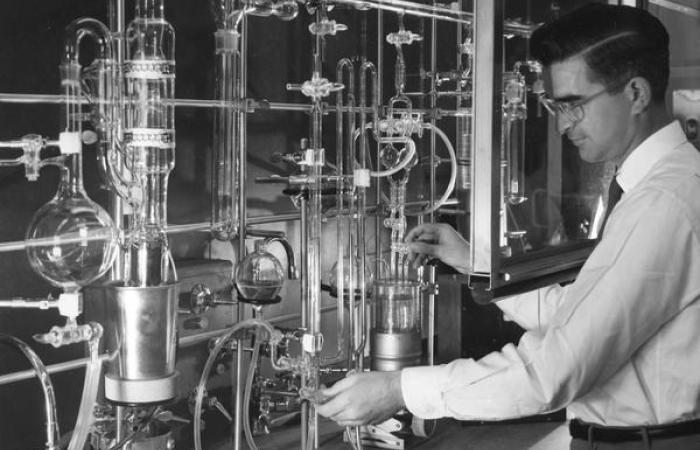
Chemistry, Capitalism, & the Commodification of Nitrogen
Nitrogen is the most abundant element in the Earth’s atmosphere, it is essential to life and biological processes, and yet it is virtually impossible to access nitrogen absent the mediation of something or someone that can “fix” gaseous atmospheric nitrogen into a stable form. Historically, these mediators were biological organisms, such as cyanobacteria, that can fix nitrogen and make it available in the ecosystem and economy. Not until the advent of modern chemistry and chemical industries did a method for synthetically fixing nitrogen exist, but once developed, it became an essential component of the human economies of agriculture and warfare.
In his latest research, Chris Morris, professor of history at the University of Texas – Arlington, explores the long history of nitrogen, from the guano islands of Peru to its modern re-creation as an industrially-produced, globally-traded commodity. Using Hagley Library collections including the DuPont Company archives, Morris reveals a hidden history that connects sharecroppers in Alabama, soldiers on World War battlefields, chemists in laboratories, and diplomats in world capitals.
In support of his work, Morris received funding from the Center for the History of Business, Technology, and Society at the Hagley Museum and Library.
The audio only version of this program is available on our podcast.
